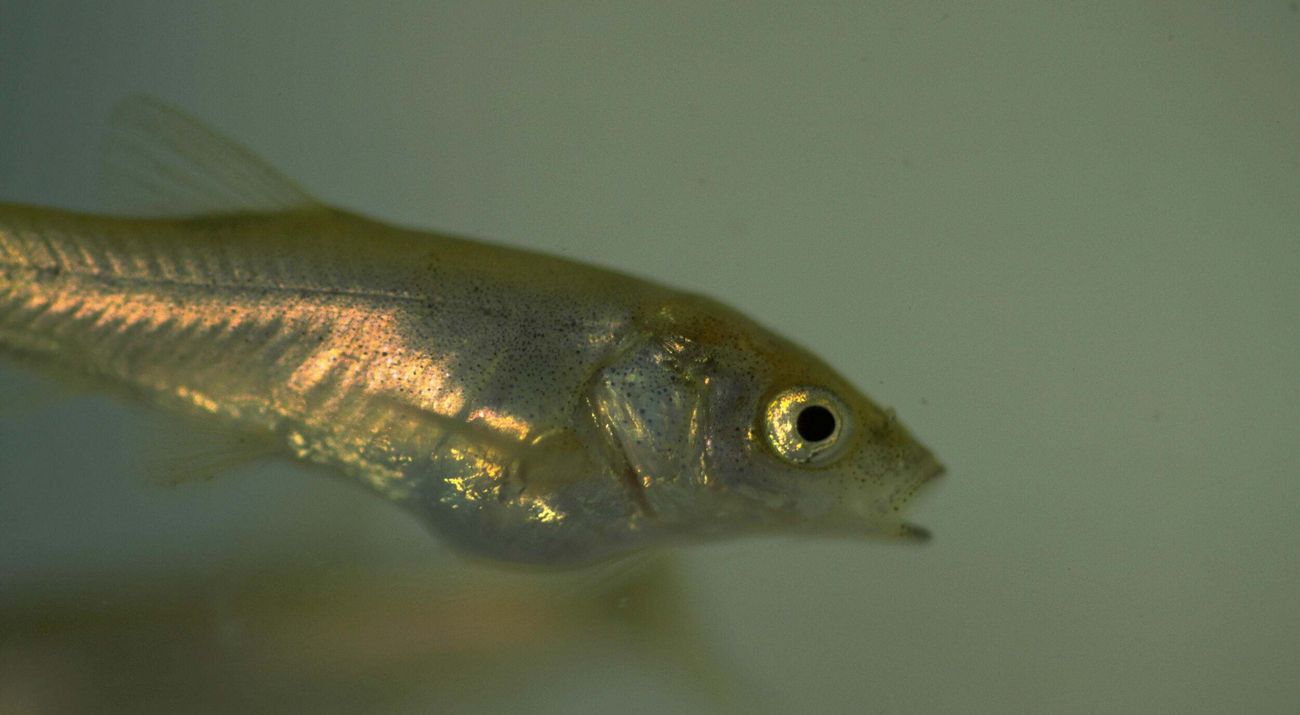Incorporated into a program funded by the EPA, the Tualatin River Watershed Demonstration Project was a collaboration intended to create an online, GIS-based tool that identified priority conservation lands in relation to drinking water supply and quality. In addition, the team identified opportunities for habitat conservation. The mapping tool is online, and includes documentation of the data included as well as a training guide for new users.
Year Published: 2011
State: Oregon
Landscape Context: Inland
Housing Density: Rural
Funding Type: Both (Public and Private)
Habitat Focus: Forest, Shrubland
Organizations Involved:
The Trust for Public Land, Oregon Department of Environmental Quality (DEQ), the Smart Growth Leadership Institute, The Association of State Drinking Water Administrators, and River Network
Values:
Water Supply, Water Quality, Open Space/Habitat
Stakeholder Involvement:
Stakeholders were uninvolved. There is a training guide available on the website for use by developers and land use planners.
Planning Process:
TPL partnered with Oregon DEQ to highlight lands most important in drinking water quality conservation, including those in need of restoration. DEQ led the data collection and consulted local experts, which TPL incorporated into the GIS model. The planning process seems to have deviated from the TPL's usual model; due to the restricted focus of the project (water), it doesn't appear that community values were taken into account.
Desired Outcomes:
Preserve and restore drinking water quality and supply in communities surrounding the Tualatin River watershed.
What It Accomplished:
The Oregon DEQ has plans to repeat the process for other important watersheds. Actions for land purchase are proceeding independently. Techniques developed in the Greenprint are applied in drinking water source area potential contaminant source evaluations.
